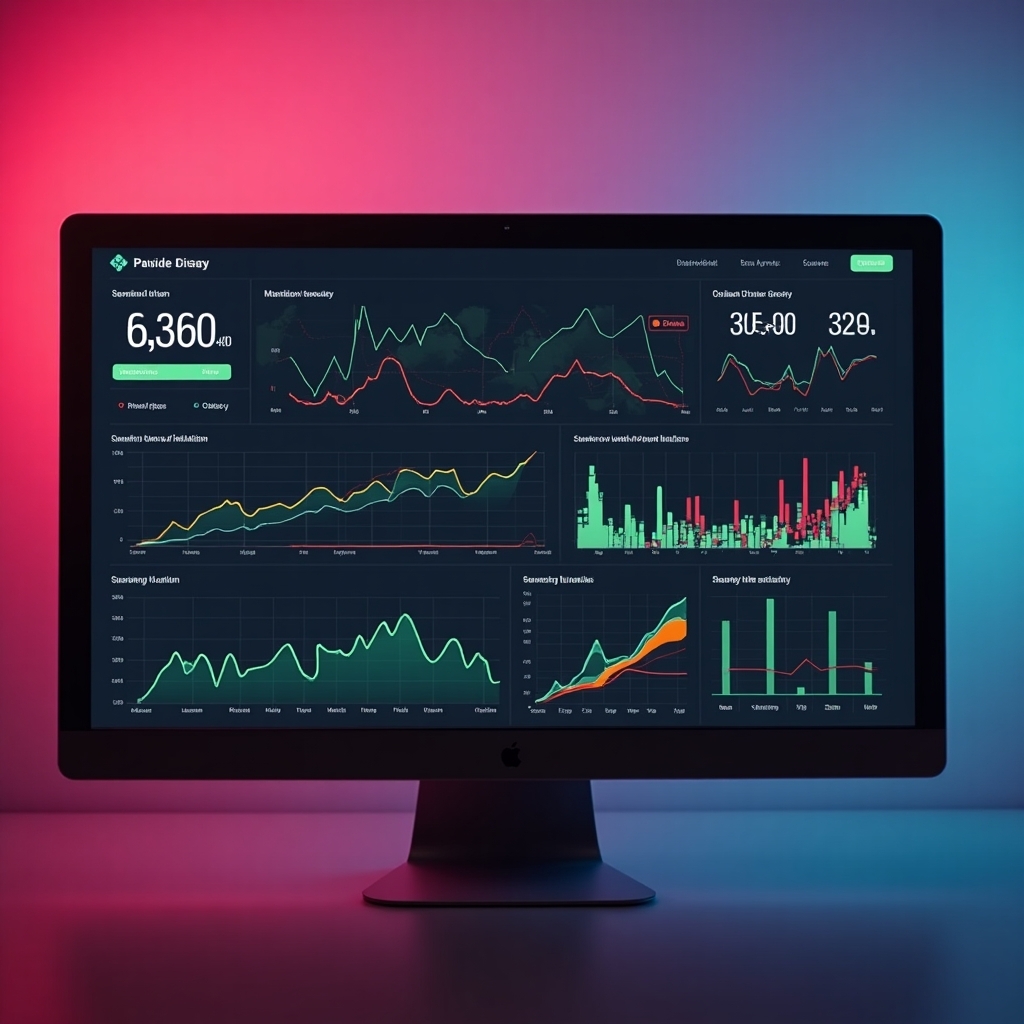In today’s competitive business landscape, relying on gut instincts is no longer enough. Instead, leaders are turning to data-driven decision-making to stay ahead. This approach does not just offer insights; it also ensures choices are backed by evidence. Consequently, companies that embrace data thrive, while those that ignore it often struggle to keep up.
What Is Data-Driven Decision Making?
At its core, data-driven decision making means using facts, metrics, and analytics to guide choices. Rather than depending on assumptions, businesses analyze trends, measure results, and adjust strategies accordingly. As a result, leaders reduce risks and improve outcomes.
Why It Matters More Than Ever
First, markets are evolving at lightning speed. Customer preferences shift quickly, and competitors adopt new technologies rapidly. Therefore, businesses need reliable insights to adapt. Second, the rise of big data makes it possible to uncover patterns that were invisible before. In other words, those who use data gain a powerful advantage.
Key Benefits for Organizations
-
Reduced Risk – Because decisions are based on real evidence, costly mistakes become less frequent.
-
Better Efficiency – Teams focus on what works, not what they think might work.
-
Faster Growth – Data reveals opportunities that intuition alone might overlook.
-
Improved Customer Experience – Since leaders understand customer behavior better, they can deliver tailored solutions.
How Executives Can Build a Data-Driven Culture
To begin with, invest in the right tools and analytics platforms. Next, train employees to interpret and use data confidently. Additionally, set clear KPIs so that everyone understands what success looks like. Most importantly, encourage decision making that is always backed by measurable evidence.
The Survival Factor
In the past, companies could get by with limited data. However, in 2025 and beyond, ignoring analytics is almost a recipe for failure. Competitors who use data effectively will adapt faster, optimize resources better, and capture more market share. Thus, being data-driven is no longer optional, it is essential for survival.



